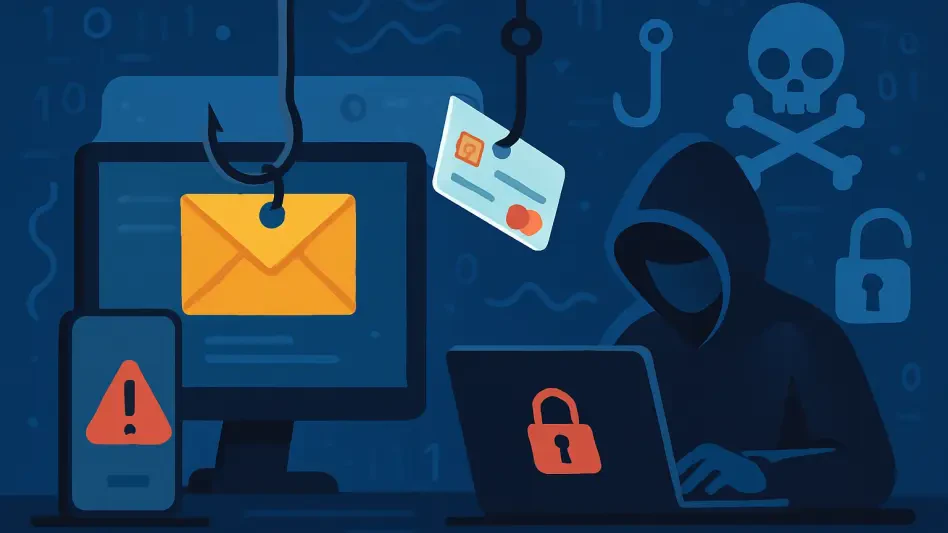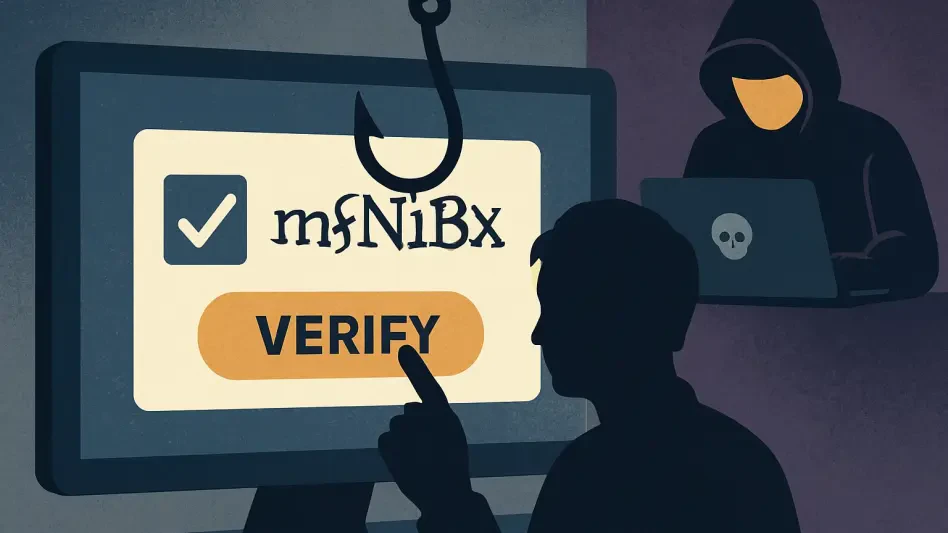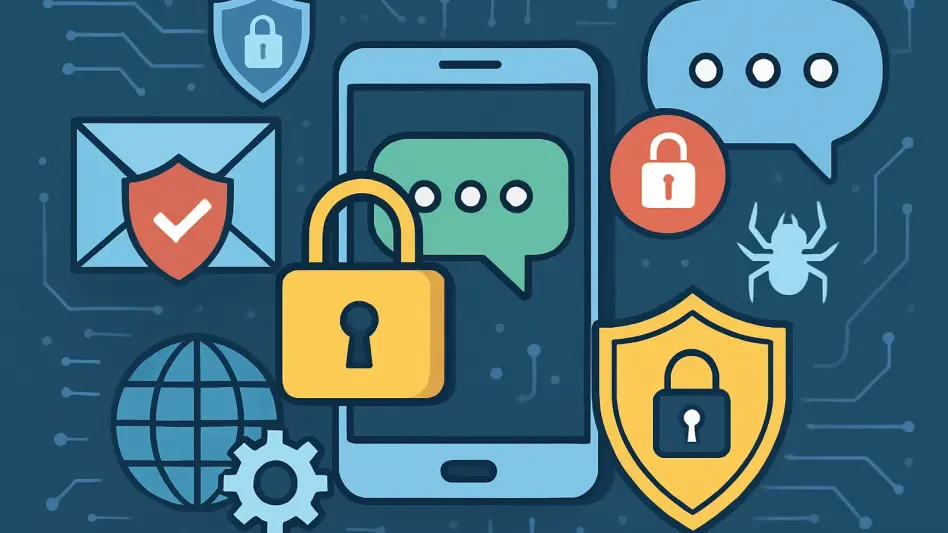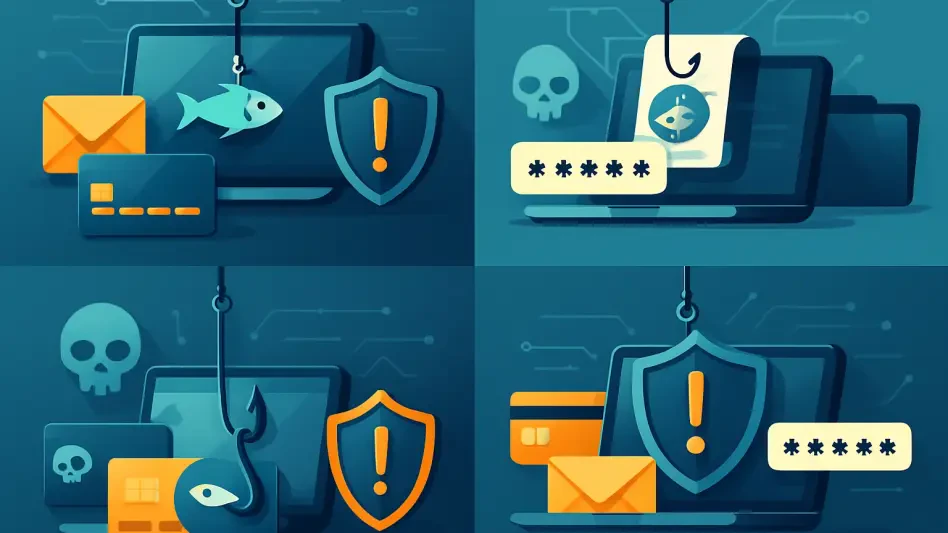Voice phishing, also known as vishing, has emerged as one of the most sophisticated and lucrative forms of cybercrime in recent years. Scammers have continuously evolved their tactics to deceive their targets into revealing sensitive information, ultimately leading to significant financial losses. A recent case has unveiled a highly organized phishing crew that exploited services from tech giants like Apple and Google to successfully carry out an elaborate cryptocurrency heist, resulting in the theft of millions of dollars. This article delves into the intricate operations of this phishing ring, shedding light on the tactics, tools, and psychological manipulation they employ to deceive their victims.
The Anatomy of a Voice Phishing Attack
Voice phishing attacks often start with the savvy exploitation of legitimate services, adding an air of authenticity to the communication received by the unsuspecting victim. By leveraging advanced tools like Google Assistant and Apple’s support line, scammers can craft communications that convincingly resemble legitimate notifications. This calculated approach ensures that targets perceive these attacks as genuine, which greatly increases the likelihood of them divulging personal and sensitive information.
One striking example involves a cryptocurrency investor named Tony, who became the victim of an elaborate phishing attack. The scammers initiated contact through Google Assistant, inducing Tony to trust the initial message. Following up with an email purportedly from Google and an account recovery prompt, the multi-step process cemented Tony’s belief that he was interacting with official entities. This sophisticated method led Tony to reveal critical details, culminating in the devastating loss of $4.7 million.
The utilization of trusted services, like those from Google and Apple, underscores the technical prowess of these scammers. By manipulating commonly trusted platforms to appear as authentic touchpoints, attackers can efficiently ensnare their victims. This tactic highlights a deeper issue within the utilization of tech services for malicious purposes, as these services are typically associated with security and trust.
Manipulating Apple and Google Services
The ability of the phishing crew to manipulate Apple and Google services illustrates their advanced technical capabilities and understanding of how to exploit these systems for maximum impact. The generation of account confirmation messages from Apple, paired with the spoofing of Apple’s phone number, creates a notable conundrum for users. Victims often believe they are communicating with genuine Apple support, a common tactic that leverages the inherent trust placed in large tech companies.
One of the pivotal tools employed by this phishing crew is a sophisticated phishing kit. This kit mimics sign-on pages for various services, such as Okta, ensuring that the interface is nearly indistinguishable from legitimate portals. This highly convincing facade is rented out by a cybercriminal known as “Perm,” who operates within a larger cybercrime community named Star Fraud. The realistic appearance and functionality of the phishing kit make it exceptionally effective at tricking targets into entering their credentials, which are then captured by the attackers.
This method of exploiting big tech services to create a veneer of legitimacy makes the job of discerning malicious activity significantly more challenging for the average user. The blend of credible service exploitation and realistic mimicry of sign-on pages demonstrates a high level of sophistication, making the task of cyber defense increasingly intricate.
Inside the Phishing Crew
Deep insights into the inner workings of this phishing crew are revealed through detailed accounts and visual documentation provided by a former accomplice known as “Stotle.” The organization of the crew is remarkably methodical, with operations meticulously coordinated through Discord channels. Each member has a defined role, such as Caller, Operator, Drainer, or Owner. This clear delineation of responsibilities ensures that the operation runs smoothly and efficiently, with each participant contributing their expertise to the overall scam.
An illustrative case study features a musician based in California, shedding light on the step-by-step execution of a voice phishing attack. In this instance, attackers utilized real Apple support phone calls to send alerts, further tricking the target into revealing critical credentials. The methodical and adaptable approach of the phishing crew is evident from such detailed examples, showcasing their capability to tailor their tactics to different scenarios and individuals.
The structured hierarchy within the phishing crew demonstrates the level of organization required to maintain and execute such complex scams. Each participant plays a crucial role, contributing to the elaborate orchestration of these attacks. This organizational strategy not only highlights the professionalism within the group but also underscores the threat posed by such highly coordinated cybercrime operations.
Tools of the Trade
The arsenal of tools employed by the phishing crew is a testament to their dedication to optimizing their fraudulent activities. Among these tools are “Autodoxers,” which automate and enhance the process of target acquisition. These tools often leverage data from crypto-related breaches to identify and target potential victims with unprecedented accuracy. By streamlining this critical aspect of their operations, the scammers can maximize their efficiency and chances of success.
Training and live feedback sessions play an integral role in the crew’s continuous improvement of their techniques. These sessions are designed to refine the scammers’ methods, ensuring they remain effective in manipulating their targets. The group’s commitment to innovation and adaptation is a clear indication of their intent to stay ahead of the evolving security measures implemented by tech companies.
The constant refinement of methods and the continuous enhancement of tools signify a troubling trend wherein cybercriminals are perpetually evolving their tactics. This relentless innovation poses significant challenges to cybersecurity professionals striving to safeguard against such sophisticated attacks.
The Dark Side of Cybercrime
Despite their apparent technical skills and organizational prowess, the phishing crew is not immune to internal strife and conflict. The division of ill-gotten gains may be predetermined, but internal betrayal, colloquially referred to as “snaking,” is rampant within the group. This instability underscores the lack of cohesiveness and trust among members, a reflection of the inherently volatile nature of the cybercrime ecosystem.
Within this underground community, the possession of cryptocurrency holdings often serves as a status symbol. Scammers frequently demand proof of funds before admitting new members to their clique. This has led to the emergence of fake proof services, allowing individuals to inflate their perceived wealth to gain acceptance and entrance into the community. The emphasis on perceived wealth highlights the competitive and duplicitous environment in which these cybercriminals operate.
The fractious nature of such criminal enterprises reveals their precarious existence. Despite their organized efforts to perpetrate large-scale fraud, the absence of a moral compass and the prevalence of mistrust illustrate the fundamentally unstable foundations of these criminal partnerships.
Navigating Risks and Threats
The openness of cybercrime communities on platforms like Telegram and Discord facilitates rapid recruitment but also introduces significant security risks. Scammers must constantly navigate threats from both law enforcement and their fellow criminals. Interestingly, these perpetrators often express greater concern about internal threats, such as mugging or home invasions by other criminals, than about police intervention.
The pervasive environment of fear and distrust within the cybercrime ecosystem shapes the operational dynamics and behaviors of these groups. The constant threat of betrayal from within the community influences their decision-making processes and overall strategies. Despite the looming threat of law enforcement, it is the specter of betrayal by fellow criminals that most significantly affects their conduct.
The need to balance the risks posed by both external and internal threats creates a challenging landscape for these criminals. While they must continually adapt to evade detection by law enforcement, they must also remain vigilant against the ever-present danger of treachery from within their ranks.
Conclusion
Voice phishing, or vishing, has become one of the most advanced and profitable forms of cybercrime lately. Cybercriminals have continually refined their strategies to trick victims into sharing confidential information, resulting in huge financial losses. Recently, authorities discovered a highly organized phishing gang that cleverly exploited services provided by major tech companies such as Apple and Google to execute a complex cryptocurrency heist. This operation ended in the theft of millions of dollars. In this analysis, we explore the meticulous functioning of this phishing network, uncovering the specific techniques, technologies, and psychological strategies they use to manipulate their targets.
This particular phishing crew exemplifies the increasing sophistication of cybercriminals, who seamlessly blend technological prowess with social engineering skills to achieve their goals. They create convincing scenarios, often mimicking legitimate communications from trusted companies, which persuades victims to hand over vital data like passwords and access codes. These criminals then use this information to infiltrate accounts, often leading to substantial financial losses.
Understanding how these scams unfold is crucial in fighting back against them. The detailed examination of this phishing scheme provides valuable insights into the evolving nature of cyber threats and highlights the importance of vigilance and advanced security measures. Companies and individuals alike need to stay informed and protected to defend against such elaborate cybercrimes.







